Full Guide To Alexandrite vs. Amethyst (This is the Difference)

In order to work with our crystals effectively, we need to understand their properties. With crystals that look similar or have similar uses, such as alexandrite and amethyst, it can be difficult to determine which one to work with. The answer should always be; the one that you are drawn to the most. However, if you are looking to find the difference in physical appearance as well as metaphysical properties, you’ll find your answer here.
Alexandrite is much rarer and durable than amethyst. It is also more expensive and, depending on the quality, can change color when viewed under different lights. Alexandrite is associated with luck, fortune, and love, while amethyst is associated with intuition, wisdom and personal power.
Continue reading if you want to know more about the (physical) qualities of these stones, as well as how you can use them in your spiritual practice.
Also read: Purple Agate vs Amethyst: This Is The Difference
Want more help or information? If you have any more questions after reading this blog post or want a personal answer for your specific situation, join the free Facebook group! We promise you’ll get an answer from either our team members or a community member.
Alexandrite vs. Amethyst – How To Tell The Difference?
In order to understand the difference between these two stones, we can look at their color, shape, pattern, clarity, and more. Below we’ll describe all these aspects in detail.
Chemical Composition
These stones have entirely different chemical compositions.
Alexandrite is a rare variety of chrysoberyl that is formed when beryllium and aluminum combine with various metal oxides, such as iron, titanium, and chromium. The latter is responsible for the change in color when viewed under different types of light, which is often seen in this stone.
On the other hand, amethyst belongs to the quartz family and consists of silicon dioxide. The stone may also contain traces of other minerals within its composition, such as iron and aluminum, which cause the purple color.
They are formed when liquid rich in silica flows into cavities caused, most commonly, by lava. When the lava cools, gas bubbles are trapped, causing the open spaces and allowing the liquid to settle there. Depending on the other minerals present in the liquid, it forms a different type of quartz.
Color
Alexandrite is often described as “emerald by day, ruby by night”. This is because it appears red with purplish hues when viewed under the light of a lamp or candle and green when viewed in natural light. When viewed under UV light, the stone can even become bright red. However, these color changes only occur in specific, high-quality stones.
This stone can also be trichroic, which means that light that passes through the stone can have a different color, depending on from what side it is looked at. For alexandrite, these colors can be green, red, or yellow-orange. In the video below, trichroism is shown in high-quality tanzanite:
Amethyst does not change color depending on lighting conditions. It is a purple crystal with blue and red secondary hues. The crystal gets purple color from the iron content within it.
Also read: Purple Fluorite vs Amethyst: This Is The Difference
Hardness
Alexandrite is harder than amethyst, meaning it is more durable. Alexandrite rates 8.5 on the Mohs scale of hardness, while amethyst scores 7.
If you’re unfamiliar, the Mohs scale of hardness determines a stone’s hardness by measuring how scratch-resistant it is. According to this scale, a stone can scratch any other mineral with a lower score. For reference, talc is a 1, whereas diamond is a 10.
With amethyst’s 7, it is relatively durable and is not likely to chip. However, with daily use or regular exposure to (salt)water, it can turn brittle. Alexandrite is much harder and is, therefore, more appropriate for daily wear.
Pattern and Clarity
Alexandrite and amethyst are very similar when it comes to luster, streak, and clarity; both stones are glassy with a vitreous luster, transparent to translucent in clarity, and leave a white streak when turned into powder.
Alexandrite and amethyst will often naturally contain inclusions, which are the result of other elements being present during its formation. However, when faceted, these inclusions are hardly ever visible.


Location
Alexandrite is a rare mineral first discovered in the 1800’s in the Ural Mountains of Russia. Since then, this area has been mined out, but small deposits have also been found in Madagascar, Sri Lanka, The US, China, Tanzania, Zimbabwe, Brazil, Tasmania and India.
On the other hand, amehtyst is a quartz, which is one of the most abundant minerals on earth and can be found all over the world. However, these crystals can be found in large quantities in Uruguay, Brazil, and Siberia.
Care
If you want to clean your stones, we recommend using a soft cloth to remove any dust. Amethyst and alexandrite are hard enough to be able to withstand water, so feel free to use a damp cloth on this stone. We do not recommend leaving it in water, as this will eventually turn any stone dull.
Also read: Can Amethyst Go In Water? (Full Guide)
It is recommended to avoid acid treatments, the use of mechanical cleaning systems, abrupt temperature changes, and prolonged exposure to light for either of these stones. Even amethyst, although fairly stable, can lose its color or turn brittle as a result of these treatments.
When you are using these stones for their metaphysical properties, it is recommended to cleanse and recharge them regularly, at least once a month. This allows the stone to remove any negative energies that are trapped and refill them with positive ones.
Cleansing can be done using sound, cleansing crystals like clear quartz and selenite, or by smoke cleansing. Recharging can be done, again, by using sound, but also by leaving these stones in the moonlight overnight or burying them in the ground or brown rice.
To cleanse and recharge your amethyst, alexandrite, or any other stone, using sound, you can use the video below. Just let the sound fill the room and set an intention for them. This would also be a good time to sit with your crystals to meditate. Make sure to keep your energy light – we want them to recharge, after all.
Metaphysical Properties
Beware that crystals are never a replacement for professional medical help. If you have any issues, see a doctor first and follow their advice.
Alexandrite is associated with good luck, fortune, and love. This stone balances the interaction between the spiritual and physical worlds and enhances intuition and creativity and opens the crown chakra. The stone is also good with romance, joy, and finding life’s purpose.
Amethyst is first and foremost associated with a person’s spiritual abilities and enhances wisdom and power. Amethyst geodes bring peace and absorb negative energies. It is also used to protect you from psychic attacks and any other type of harm, including electromagnetic pollution.
The stone is a natural remedy for fear, stress, anxiety, irritability, mood swings, and any type of strain. It also eliminates negative energies and helps with anger and grief. Amethyst brings peace, and motivation and improves memory and focus; after all, this stone is also called a ‘natural tranquilizer’.
Chakra Association
Both amethyst and alexandrite are associated with the crown and third eye chakra. Alexandrite is also connected to the heart chakra.
If you’re not too familiar with chakras; chakras are the different energy points in our bodies. There are 7, each of them linked to a certain aspect of our lives. We can link each chakra to crystals or gemstones by color and their properties.
The crown chakra is located at the top of the head and is represented by white and purple. It is the link to the divine realms and higher planes.
The third eye chakra is located between the brows, represents the subconscious and spirituality, and is represented by indigo.
Finally, the heart chakra is the chakra related to our emotions, empathy, compassion, and matters of the heart. It is represented by pink and green and is located in the middle of the chest.
Also read: What Chakra Is Amethyst? (Purple, Ametrine, Pink)
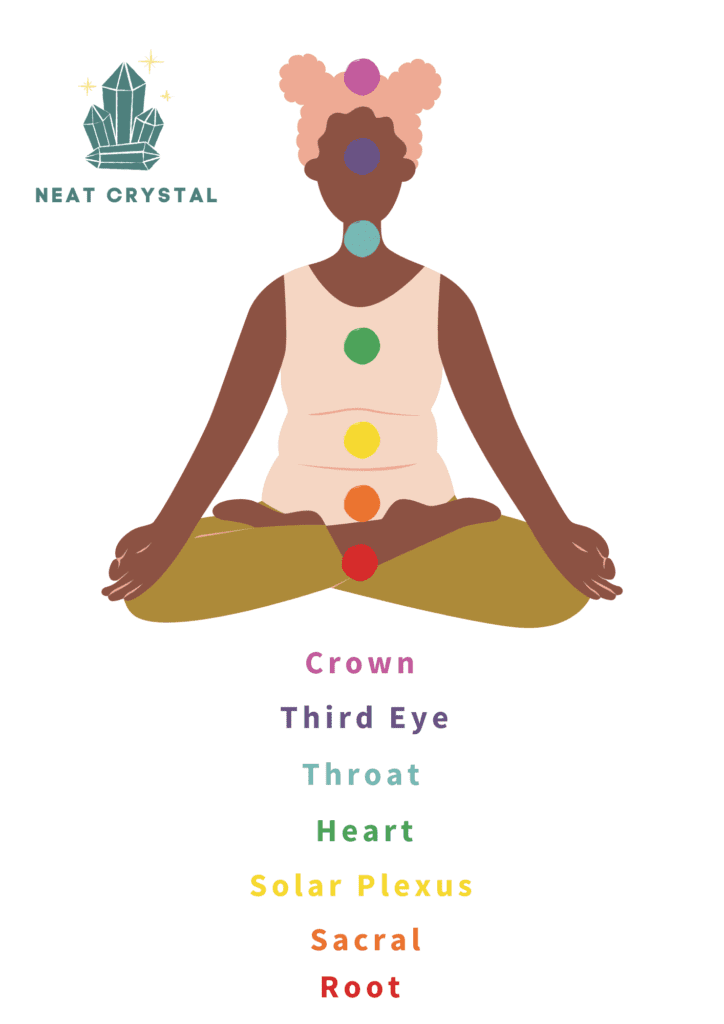
Element Association
Alexandrite is associated with the earth element. This element is associated with nourishment, grounding, fertility, and feelings of safety and security. It is also associated with the root chakra, represented by black, brown, and green. The earth elements is the most grounded of all elements of nature and acts as home for all living beings and plants. It possesses nurturing and protective feminine energies.
Amethyst is associated with the water element. This element signifies change, rebirth, purity, healing, and intuition. It is a calming and soothing element represented by silver, gray and blue. Water is the feminine element associated with Venus.
A balanced water element soothes the mind, body, and soul. Its energies are found within the sacral chakra. Imbalances of this element can cause depression and emotional imbalance.


Also read: What Element Is Amethyst? (Purple, Pink, Chevron, Ametrine)
Zodiac Association
Alexandrite is one of the modern birthstones assigned to the month of June, along with pearl and moonstone, associateding it with Geminis and Cancers born in that month. It is also the 55th anniversary stone.
Amethyst is a traditional birthstone for people born in February. The crystal is therefore associated with Aquarius and Pisces, but is also helpful to Sagittarius and Scorpio zodiac signs. For Pisces, the crystal is loved for its power to restore balance, improve intuition and eliminate negative energies. Through the crystal, Sagittarius and Scorpio can stay focused and find life’s purpose. It invites peace, serenity, and spiritual awareness.
Wearing, or working with, your birthstone can help you bring out the best of your zodiac signs and allows you to work on your weaknesses. However, if your sign is not associated with these stones this does not mean you can’t work with them. Feel free to experiment and see how these stones make you feel!
Also read: The Complete Guide To Amethyst And The Zodiac Signs




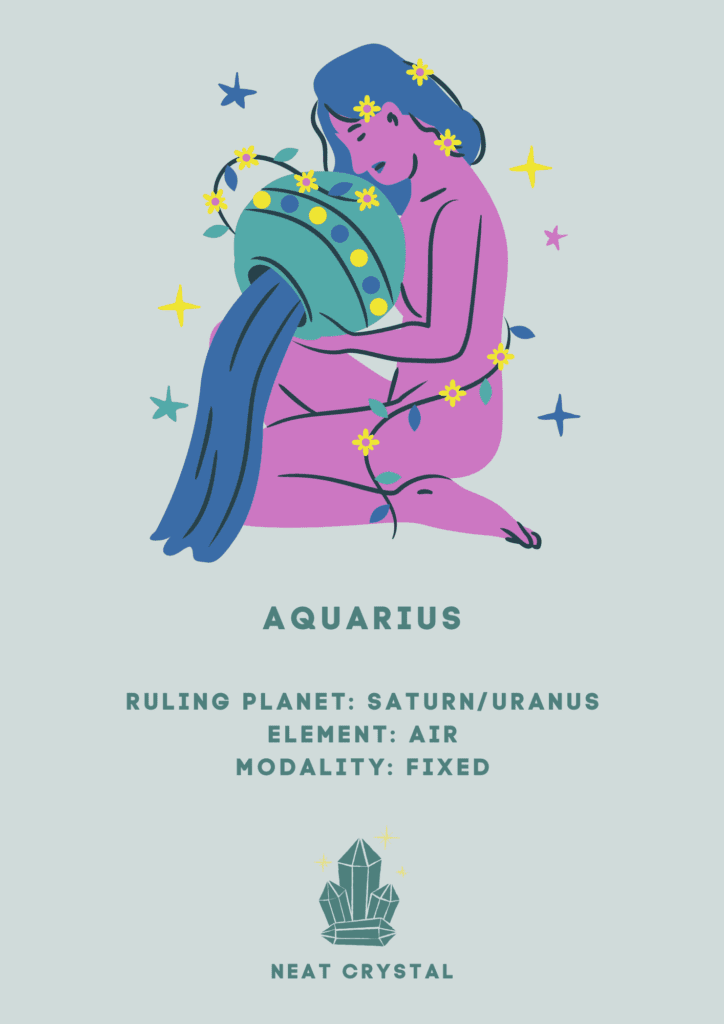

Ruling Planets
Alexandrite is ruled by Mercury. This is the innermost and smallest of all planets in the solar system and represents communication in astrology. It also governs reasoning, logic, and the ability to express oneself.
Amethyst is co-ruled by Jupiter and Neptune. Jupiter as a ruling planet will govern wealth, growth, law, expansion, and freedom. Its influence on a zodiac sign like Sagittarius encourages the urge for exploration and freedom, curiosity and optimism.
Neptune, on the other hand, is concerned with anything on a spiritual level. It governs dreams, inspiration, and spirituality. The planet’s influence is seen in the spiritually inclined, emotional, and dreamy Pisces zodiac sign. The planet will control intuition, illusions, fantasies, dreams, and the subconscious.
Numerical Vibration
Alexandrite vibrates at 1. This number often represents the sun, the source of life energies. People associated with this number are independent, determined, creative, authentic, and born leaders. In Feng Shui, the number represents birth, fortune, and new beginnings.
Amethyst vibrates at 3. The number represents wisdom, harmony, and wealth. People that resonate with the number are confident, creative, and good communicators. As an angel number 3 represents optimism, success and positive energies. Its energies are uplifting and add charm to a person’s personality.
Uses
There are many different ways to use these stones. Below we’ll outline a few options for you.
Jewelry
This is probably the most common way to make the most out of the benefits of these stones all day. It is made into pendants, necklaces, bracelets, rings, and earrings. These pieces can be worn as accessories and also as talismans for protection and fortune.
We recommend placing both stones as close to the third eye chakra as possible (between the eyebrows), as this will make them most effective. As a result, earrings or a tighter necklace would probably be your best option.
Also read: The Complete Guide To Wearing Amethyst
Meditation
The amethyst and alexandrite are a good inclusion during meditation sessions. The stones are placed on the third eye or crown chakra for maximum healing benefits, but will do perfectly well just being held or worn. They will help quiet your thoughts and put you into a meditative state, which is vital to achieving your intention.
If you’re wanting to use these crystals to meditate, following a guided meditation might be beneficial. Especially if this is your first time. Below you’ll find a guided meditation that might be helpful. Although it is made for amethyst specifically, you can use it for alexandrite too.
Best Combinations
To get the most out of our work with crystals, it can be incredibly beneficial to pair and combine crystals with similar properties. This way, they can strengthen and enhance each other. Below you’ll find some interesting options.
Amethyst can be paired with clear quartz for crystal healing practices. The crystals will release healing energies and make you feel better, whether you are suffering from a long-term or short-term disease. The pair can also be a perfect combination in dispelling negative energies and surrounding you with positive vibrations.
Also read: Amethyst and Rose Quartz – Combination for Anxiety and Love
Combining amethyst and citrine will unlock and enhance your psychic abilities. Citrine is a powerful manifesting stone, while amethyst brings imagination. It also encourages rational thinking about the consequences of a decision. When both are combined, it improves the quality of our decisions.
Alexandrite can be paired with sapphires for confidence and self–expression. This combination will help you in expressing and defending your truth, opinions, and point of view. The stone can also be used together with morganite for the heart chakra. When used together, the stones will bring love, assurance, compassion, and trust to relationships. It will also soothe anxiety, depression, and any ailments of the heart.
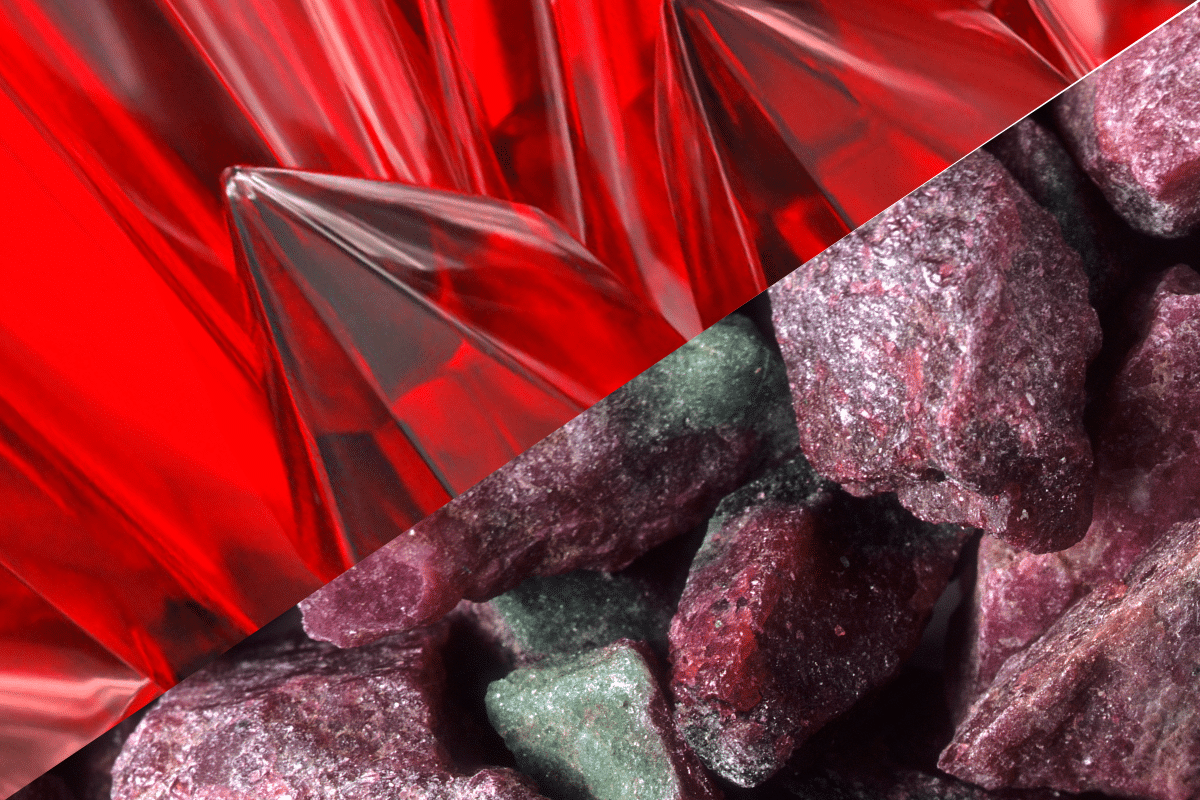

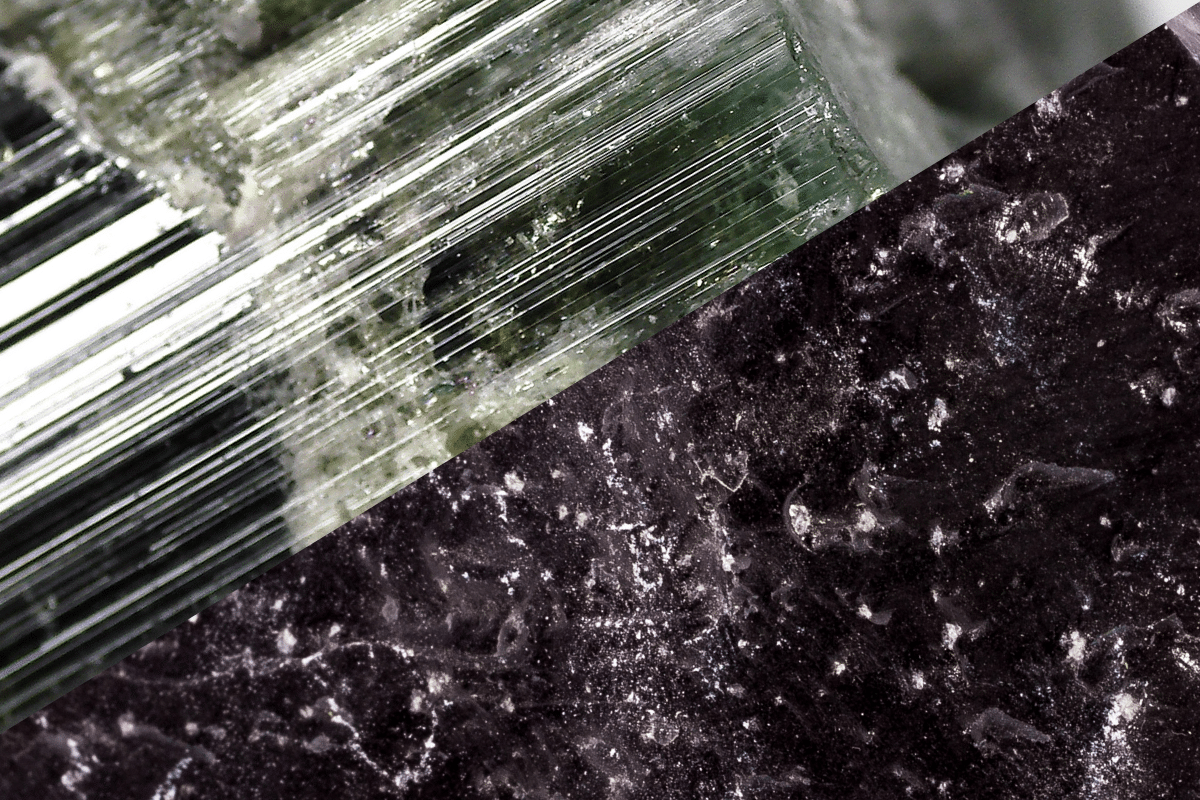
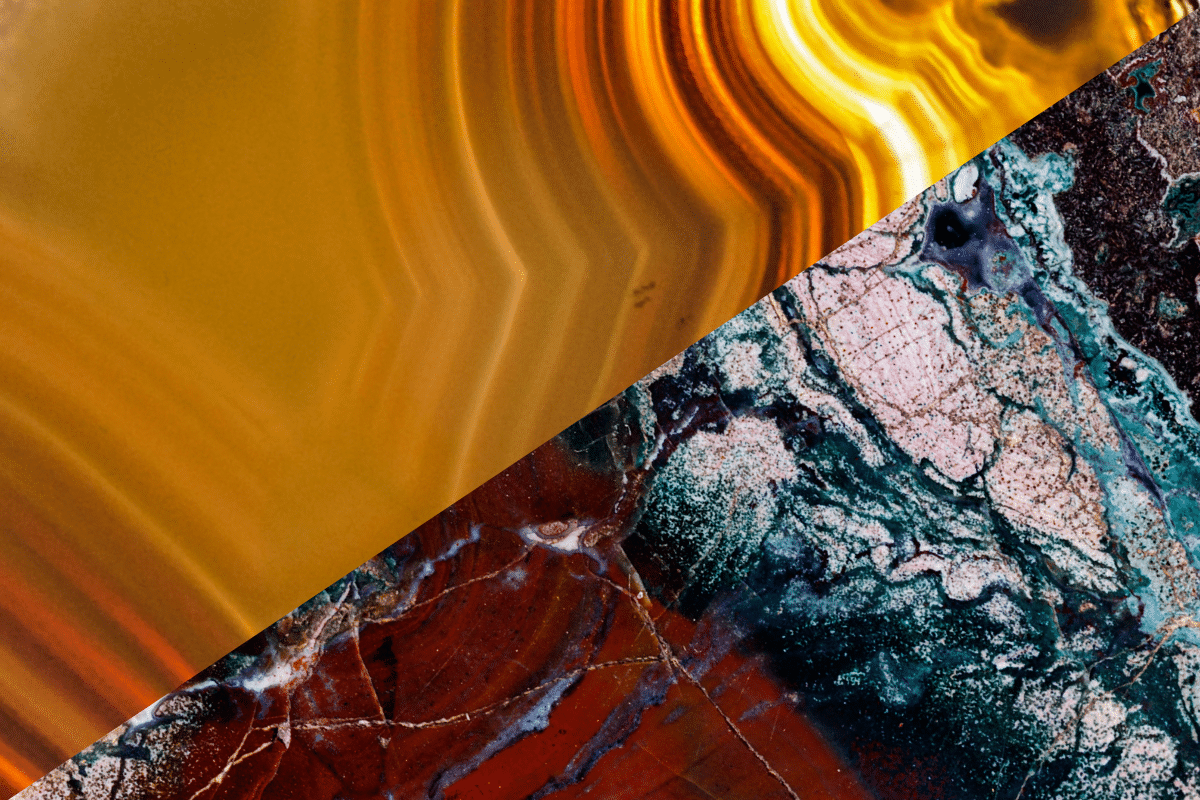



One Comment